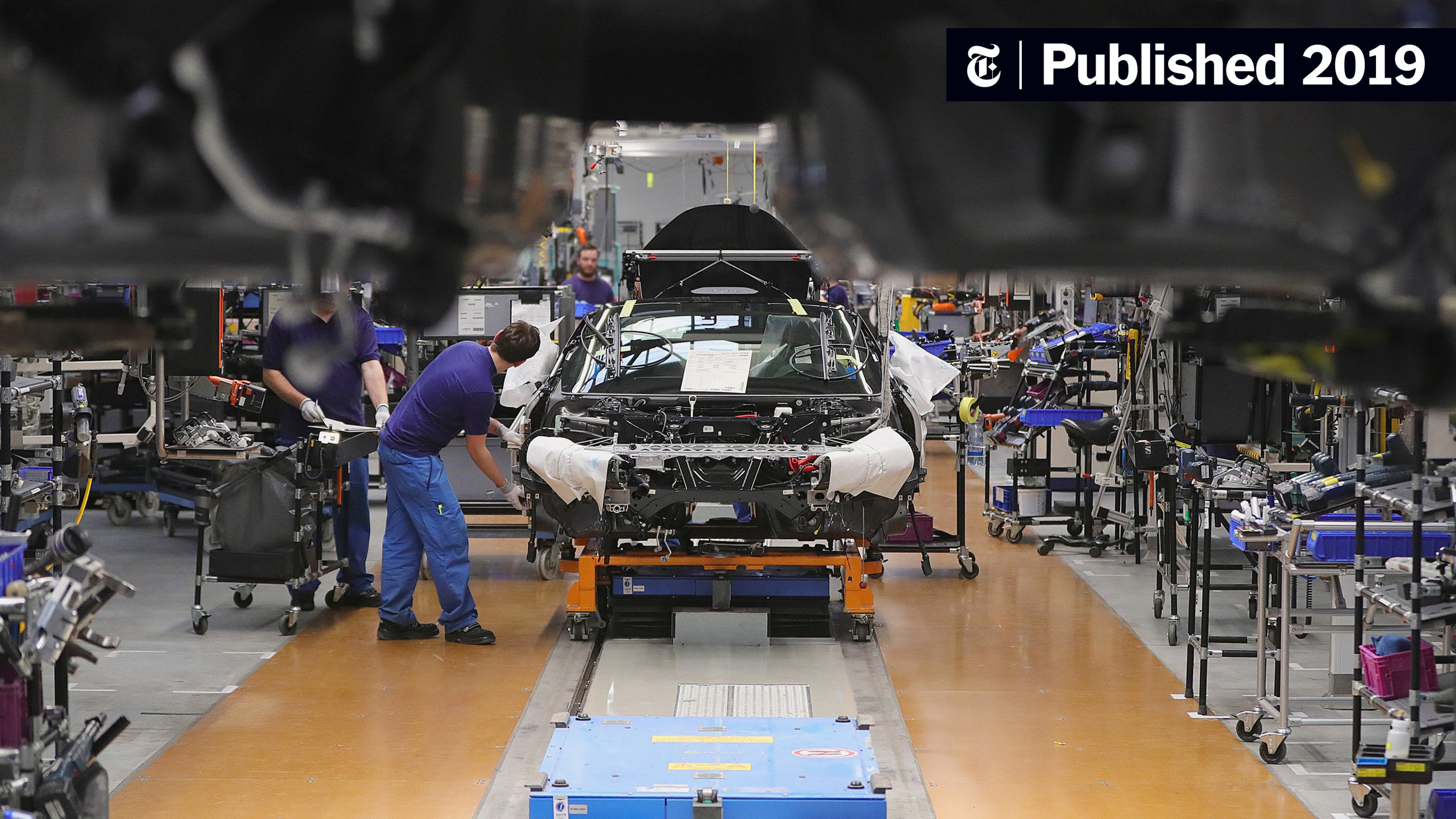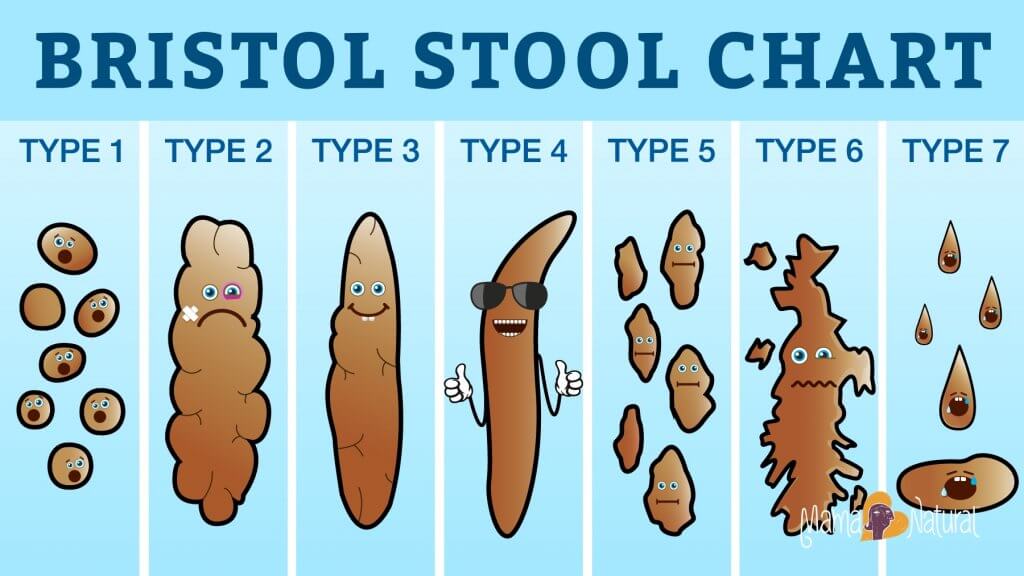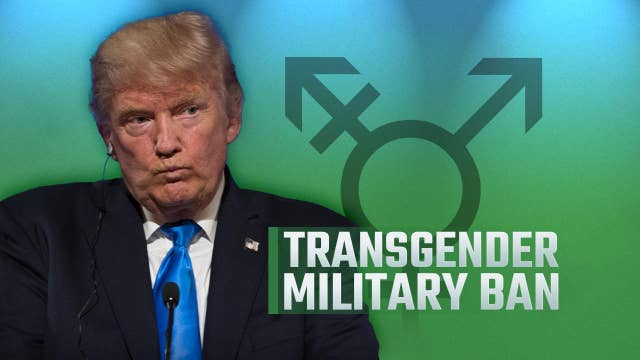The Impact Of Trump's Tariffs On The Auto Industry

Table of Contents
Increased Costs and Prices for Consumers
Trump's tariffs significantly increased the cost of producing and purchasing vehicles in the US. This impact stemmed from two primary sources: higher prices for raw materials and directly increased import costs.
Higher Prices for Raw Materials
The tariffs imposed on steel and aluminum, key components in automobile manufacturing, immediately increased production costs for automakers.
- Increased steel and aluminum costs: The tariffs led to a surge in the price of these essential materials, forcing automakers to absorb these higher costs or pass them on to consumers.
- Passed on to consumers: The majority of automakers opted to pass the increased costs onto consumers, resulting in higher sticker prices for new cars across the board.
- Higher sticker prices for new cars: This directly reduced the affordability of new vehicles for many Americans, impacting sales and impacting the broader economy.
- Reduced affordability: The price increases disproportionately affected lower and middle-income families, limiting their access to reliable transportation.
- Impact on used car market: The increased cost of new cars also had a knock-on effect, driving up prices in the used car market, further squeezing consumers.
Impact on Imported Car Prices
Tariffs weren't limited to raw materials; they directly targeted imported vehicles, increasing the cost of foreign cars for American consumers.
- Tariffs on cars from specific countries (e.g., Japan, Germany): These tariffs, imposed as part of a broader trade war, raised the prices of vehicles imported from several countries.
- Reduced consumer choice: Consumers faced a decrease in the availability and affordability of foreign car models, impacting market diversity and competition.
- Impact on luxury car market: The luxury car sector was particularly hard hit, with higher import tariffs making these vehicles significantly more expensive.
- Shift in consumer purchasing habits: Consumers, faced with higher prices, had to adjust their purchasing habits, opting for cheaper domestic alternatives or delaying purchases altogether.
Disruption of the Automotive Supply Chain
The Trump administration's tariffs created significant disruptions throughout the global automotive supply chain, leading to bottlenecks and economic instability.
Global Supply Chain Bottlenecks
Retaliatory tariffs imposed by other countries on American goods created significant bottlenecks in the supply of parts and components.
- Delays in parts delivery: The disruptions caused significant delays in the delivery of essential parts and components needed for automobile production.
- Increased transportation costs: The tariffs increased transportation costs, making the import of parts even more expensive.
- Production slowdowns: The delays and increased costs forced many automakers to slow down production, impacting output and profits.
- Factory closures or reduced output: In some cases, the disruptions forced factories to temporarily close or reduce their output, leading to job losses.
- Impact on just-in-time manufacturing: The tariffs severely impacted the "just-in-time" manufacturing model, which relies on the timely delivery of parts to minimize inventory costs.
Shifting Production to Other Countries
Faced with these challenges, many automakers responded by shifting production to countries outside the US to avoid the tariffs.
- Loss of American manufacturing jobs: This resulted in a significant loss of manufacturing jobs in the US, harming regional economies and communities.
- Negative impact on regional economies: The loss of automotive jobs led to a ripple effect, harming related businesses and reducing economic activity in affected regions.
- Investment in foreign facilities: Automakers invested in building or expanding facilities in other countries to circumvent the tariffs, further reducing American manufacturing capabilities.
- Implications for future US automotive competitiveness: The shift in production raises serious concerns about the long-term competitiveness of the US auto industry.
Job Losses and Economic Impact
Trump's tariffs had a devastating impact on employment within the auto industry and the broader economy.
Decline in Manufacturing Jobs
The tariffs directly and indirectly resulted in significant job losses across the auto industry and related sectors.
- Factory worker layoffs: Production slowdowns and factory closures led to layoffs of factory workers, impacting families and communities.
- Reduced employment in parts supply chains: Businesses supplying parts to automakers also experienced job losses due to reduced demand and disruptions.
- Ripple effect on local communities: The job losses had a ripple effect on local communities, impacting businesses, schools, and overall economic well-being.
- Long-term impact on employment: The long-term consequences of these job losses continue to impact the American workforce and economy.
Overall Economic Consequences
The impact of the tariffs extended far beyond the auto industry, affecting consumer spending and overall GDP.
- Decrease in consumer confidence: Rising car prices and economic uncertainty led to a decrease in consumer confidence, impacting overall spending.
- Reduced automotive sales figures: The higher prices and reduced choice resulted in reduced sales figures for both domestic and imported vehicles.
- Implications for economic growth: The overall impact of the tariffs contributed to slower economic growth and hampered the recovery from previous economic downturns.
- Negative impact on related industries (dealerships, repair shops): The decrease in vehicle sales negatively impacted related industries, such as dealerships and repair shops, leading to further job losses.
Conclusion
Trump's tariffs inflicted significant damage on the American auto industry. The increased costs of raw materials and imported vehicles led to higher car prices, reduced consumer choice, and decreased affordability. Simultaneously, supply chain disruptions, factory closures, and job losses severely impacted the industry's economic health and long-term competitiveness. The overall economic consequences included reduced consumer spending, slower economic growth, and a negative impact on related industries. The lasting effects of Trump's automotive tariffs highlight the complex and potentially devastating consequences of protectionist trade policies. Learn more about the lasting effects of Trump’s automotive tariffs and advocate for informed trade policies.

Featured Posts
-
 Is David Tennant Returning To The Max Harry Potter Series
May 02, 2025
Is David Tennant Returning To The Max Harry Potter Series
May 02, 2025 -
 Christina Aguileras Altered Image A Photoshop Controversy
May 02, 2025
Christina Aguileras Altered Image A Photoshop Controversy
May 02, 2025 -
 Ai Digest Transforming Repetitive Documents Into A Poop Podcast
May 02, 2025
Ai Digest Transforming Repetitive Documents Into A Poop Podcast
May 02, 2025 -
 Sulm Me Thike Ne Qender Tregtare Ne Ceki Dy Te Vdekur
May 02, 2025
Sulm Me Thike Ne Qender Tregtare Ne Ceki Dy Te Vdekur
May 02, 2025 -
 Winning Lotto Numbers For Saturday April 12th
May 02, 2025
Winning Lotto Numbers For Saturday April 12th
May 02, 2025
Latest Posts
-
 Deconstructing The Arguments Around Trumps Transgender Military Ban
May 10, 2025
Deconstructing The Arguments Around Trumps Transgender Military Ban
May 10, 2025 -
 The Impact Of Trumps Transgender Military Ban An Opinion
May 10, 2025
The Impact Of Trumps Transgender Military Ban An Opinion
May 10, 2025 -
 Trumps Transgender Military Policy A Comprehensive Analysis
May 10, 2025
Trumps Transgender Military Policy A Comprehensive Analysis
May 10, 2025 -
 Dissecting Trumps Transgender Military Ban An Opinion Piece
May 10, 2025
Dissecting Trumps Transgender Military Ban An Opinion Piece
May 10, 2025 -
 The Transgender Military Ban Unpacking Trumps Rhetoric
May 10, 2025
The Transgender Military Ban Unpacking Trumps Rhetoric
May 10, 2025
